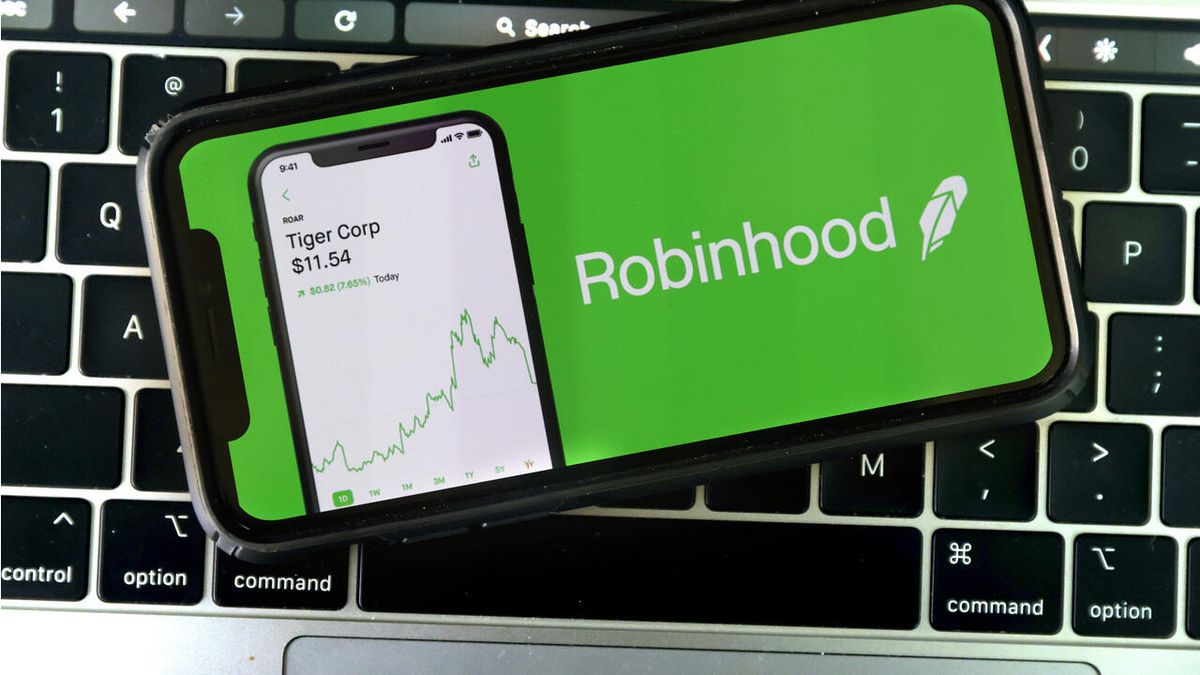Dave “Day Trader” Portnoy noted to his millions of followers on Twitter: “I’m sure Warren Buffett is a great guy, but when it comes to stocks, he’s a bust. Now I’m the captain.”
Noah Weidner, writer of the Business As Usual newsletter and now a member of the Stocktwits editorial team, quantified the effect by creating the hypothetical “Fund RH Top 100”, an equal-weighted index of the top stocks held by Robinhood customers. increased a 101.77% in 2020, about six times the performance of S&P 500 (although it lagged behind the then-hot Ark Innovation ETF led by Cathie Wood).
Robinhood has since scaled back the data it shares, but Weidner has been able to track some of it manually. In what some argue is part of their psychological toolbox that induces people to over-trade (feeding FOMO, fear of missing out) Robinhood tells customers what others are doing on the platform.
Many stocks that joined the top 100 after strong performances sometime in 2021, such as Clover Health Investments, Coinbase e incluso el propio Robinhood, which went public last year, have plunged dramatically since then. The firm’s shares have lost more than three quarters in value since they peaked shortly after the IPO. On average, those 27 stocks fell by 21% only this month.
Berkshire Hathaway de Buffett dropped out of the top 100 after lagging the market in 2020. Since then, a 32%, easily outperforming the market. So have several exchange-traded funds that track the Raw oil which crashed badly in 2020. The United States Oil Fund has uploaded a 84% since early 2021, and some energy-tracking leveraged exchange-traded notes once favored by Robinhood investors have done much better than that. financial firms like Wells Fargo, which crashed in 2020, round out the list, clearly to the chagrin of its former shareholders.
What do Weidner’s calculations say?
Robinhood did not share data on the actual performance of its customers, but Weidner’s calculations show that the behavior of crowd tracking it helped them and then it hurt them. This last result was incorporated into their behavior influenced by the investment application, according to an academic article from Brad Barber, Terrance Odean, Xing Huang and Chris Schwarz.
They point out that inexperienced investors are more likely to be influenced by what they see others doing and that “Top Movers” of Robinhood are disproportionately traded. And, because trading is so easy on the app, they tend not to rely as much on the critical thinking like the most experienced investors. They also trade frequently: approx. 40 times more per dollar in their accounts compared to a customer of Charles Schwab, based on data from early 2020.
There may be a way to make money from diary observations, or at least avoid losing it. The authors identify “grazing events” among Robinhood customers. Selling after one of the 4,884 such cases they observed and buying the stock back five days later would generate a average return of 3.5% with a profit of 63% of the time.
Shares of Robinhood sank more than 10% on Monday to $11.63.
Source From: Ambito
David William is a talented author who has made a name for himself in the world of writing. He is a professional author who writes on a wide range of topics, from general interest to opinion news. David is currently working as a writer at 24 hours worlds where he brings his unique perspective and in-depth research to his articles, making them both informative and engaging.




